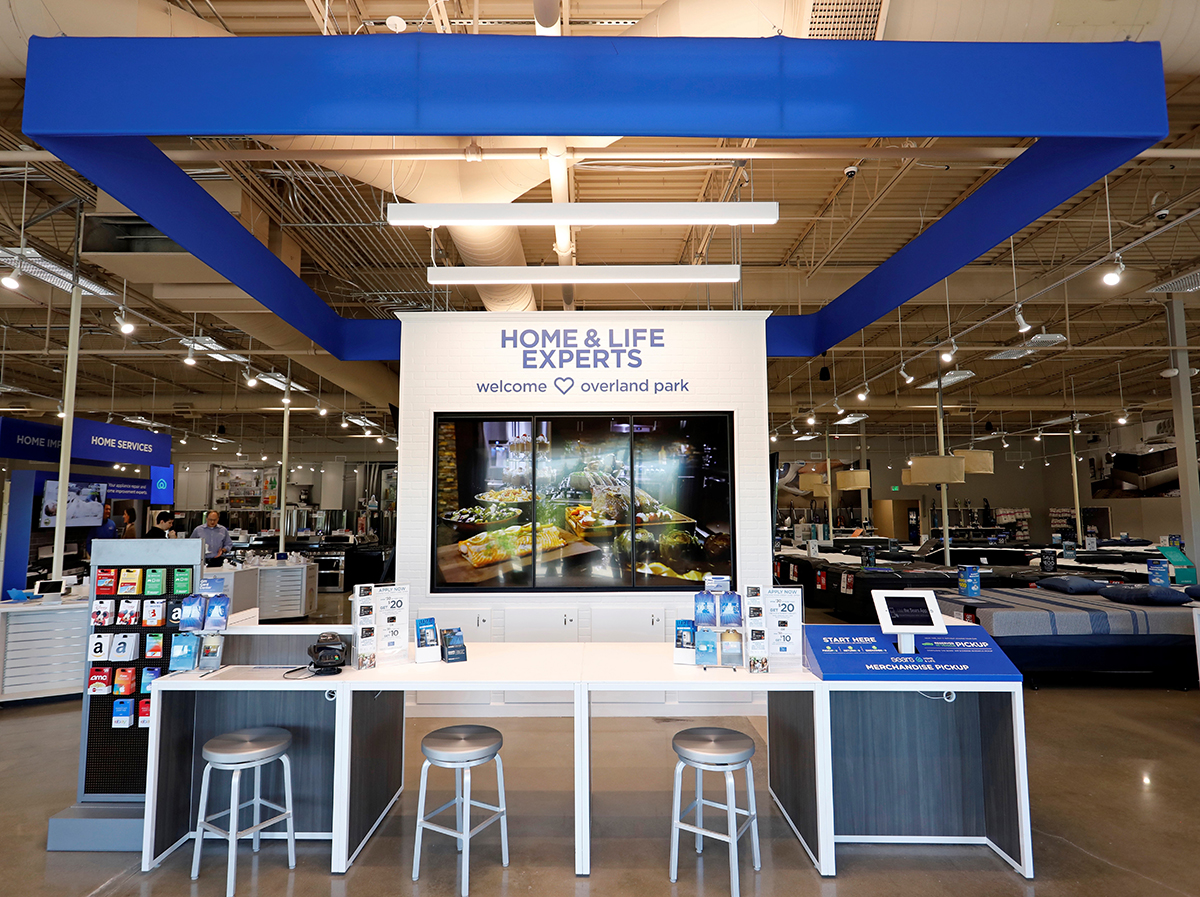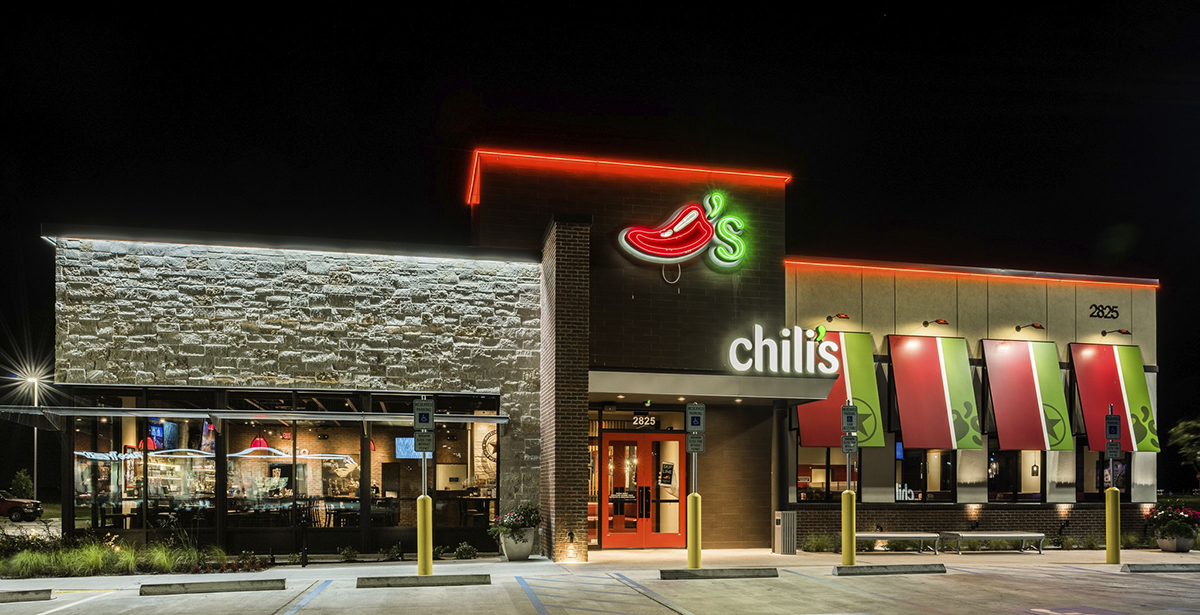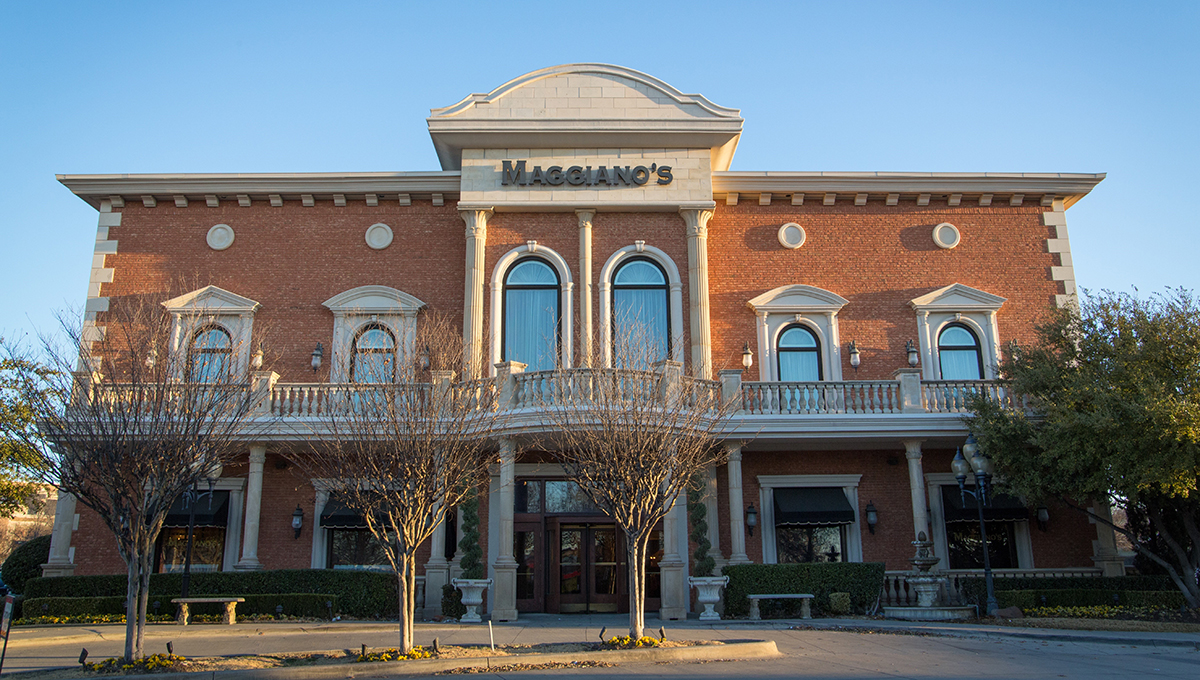Net Lease Investors Hungry for Casual Dining
Necessity-based retail is more e-commerce resistant, and there is a positive outlook for chain restaurants and gyms.

Retailers and investors are focusing on smaller stores with higher revenue-per-square-foot targets. Sears Home & Life stores feature smaller formats and specialize in appliances and mattresses. Photo courtesy of Sears Holdings
As the business cycle continues to defy expectations and induce concerns, net lease real estate, also known as “the bond wrapped in real estate,” is highly desirable for many investors.
The numbers don’t lie about the vibrancy of this market. Leading up to the Great Recession, there was typically around $40 billion annually in single-tenant net lease activity, according to the Stan Johnson Co. That plummeted to only $12 billion in 2009, but in 2013 the STNL market passed its pre-recession high, and since then it has averaged $57 billion a year. In 2018, it hit $68 billion.
And there are plenty of reasons to predict that net lease demand will remain substantial. For one, noted Josh Campbell, senior vice president at the Stan Johnson Co., there’s the demographic factor: Baby Boomers are retiring and want predictable yields from their investments, especially in light of where we are in the business cycle.
“We’re in the 14th inning. At what point is the game over?” asked Jonathan Hipp, president & CEO of Calkain Cos. “The best effect we’re seeing on interest rates is the 10-year falling.”
In addition to favorable rates—as of late May, the 10-year Treasury note rate had fallen some 15 to 20 basis points in the previous 30 days—and a strong economy, net lease investment pros are encouraged by the March launch of the first net lease exchange-traded fund, which is expected to draw even more buyers into the sector. The NETLease Corporate Real Estate ETF seeks to track the performance, before fees and expenses, of the NASDAQ’s Fundamental Income Net Lease Real Estate Index.

Last year, Four Corners Property Trust signed an agreement with Brinker International Inc. to buy as many as 48 corporate-operated Chili’s restaurants in a sale-leaseback deal valued at as much as $156 million. Photo courtesy of Brinker International
Supply to meet demand
With demand for net-lease properties active and likely to remain so, presuming interest rates stay relatively stable, attention shifts to the supply of net-lease assets—and that actually might be more of an issue than the demand.
Industrial had dominated the net-lease market by dollar volume since 2017, but as of 2018 many of the most desirable buildings had already traded. However, in retail, which comprises a large majority of net-lease properties, there are still “excellent opportunities,” noted Campbell.
Just as low interest rates are encouraging buyers, low cap rates are enticing sellers. During the third and fourth quarters of 2018, most investors saw cap rates flat or down. “Every time cap rates go down, there’s a new group of sellers entering the market,” said Boulder Group president Randy Blankstein, predicting larger net-lease transaction volume this year than last.
Declining Treasury rates, meanwhile, “could pull some sellers off the sidelines,” Hipp observed.
Investors are also coming off the sidelines. This includes REITs, which are under pressure to spend their dry powder.
“Sellers see this window of opportunity,” said Matt Mousavi, managing principal of the national net lease group at SRS Real Estate Partners. “We are pretty bullish on the market. We love low interest rates because we can drive cap rates down.”
One significant source of net-lease supply could be retail tenants looking at sale-leasebacks, Blankstein predicted. He noted that both Brinker International (parent of Chili’s and Maggiano’s) and Darden Restaurants Inc. (parent of Olive Garden) have undertaken sale-leaseback initiatives.
Stan Johnson Co. is working with a casual restaurant chain that plans to put about 75 locations up for sale-leaseback so it can raise cash, Campbell said.
Apocalypse—not now
In fact, talk of a “retail apocalypse” is misplaced, Campbell noted, because many categories are doing quite well and expanding. He has seen store openings even in apparel, especially among discount retailers, such as Ross Dress for Less. Burlington, meanwhile, is aiming to hit 1,000 stores, and auto parts retailers and convenience stores—7-Eleven wants to double its 12,000-store portfolio—are also on the march.
While soft goods, clothing and big-box stores are in trouble, Mousavi pointed out, necessity-based retail is more e-commerce resistant, and there is a positive outlook for casual dining restaurants and gyms, such as Planet Fitness and LA Fitness. “Gyms used to be the ugly stepchild,” he said.
Anything that can be bought off Amazon is vulnerable, noted Hipp. “Amazon-proof” retailers would include Costco, gas stations, entertainment venues, quick-service and casual-dining restaurants, groceries and the service sector, such as auto care, fitness and urgent-care medical facilities.

Brinker signed a deal last year to sell as many as 50 properties to SunTrust Equity Funding LLC for as much as $159 million. That deal was expected to include a number Maggiano’s Little Italy locations. Photo courtesy of Brinker International
Rethinking retail spaces
But as some retailers expand, there’s major interest in smaller stores with higher revenue (and rent) per square foot targets. “The footprint is the hardest thing,” Mousavi said. “It’s not about ‘Build as many as you can,’” but rather about optimizing locations and sales.
While closing larger stores, Sears is exploring smaller formats, such as its Home & Life stores, which the retailer is launching in Overland Park, Kan.; Anchorage, Alaska; and Lafayette, La. The 10,000- to 15,000-square-foot stores—which will focus on major and small appliances, mattresses and smart-home products—also exemplify what Blankstein calls the three pivotal factors in retail today: “convenience, (customer) experience and advice.”
In step with the move toward the right concepts, which often involve smaller footprints, larger retail tenants are gravitating toward freestanding properties rather than in-mall stores, in part because the former offer a more prominent identity for the tenant, Blankstein said. “The days of spending hours at a mall are declining.” Malls are also not generating tenant synergies to the extent they used to.
Though construction deliveries in retail have fallen by 50 percent since 2010, Campbell noted, retail sales are up, and there have been more single-tenant properties, such as outlets, and smaller boxes or footprints.
And is the size of a store even as relevant as it used to be? As Campbell put it, the “order online, pick up in store” model turns a property into an “enormous vending machine.”
Arguably, the biggest evolution in retailing is the actual repurposing of retail space. “The very definition of what is retail space is rapidly evolving,” said Campbell, who has seen a liquor store converted into a freestanding emergency department. Supermarkets, he said, usually have great electrical, allowing reuse as, say, outpatient surgical centers. And as last-mile delivery stays hot, older grocery stores with docks in good urban locations could be winners in what Campbell calls the “getting close to the rooftops arms race.”
Therefore, some of those repurposed retail properties may eventually enter the market as net-leased industrial assets. “If you’ve got great real estate, it will work itself out,” said Mousavi.
You’ll find more on this topic in the CPE-MHN 2019 Guide to Investing.







You must be logged in to post a comment.